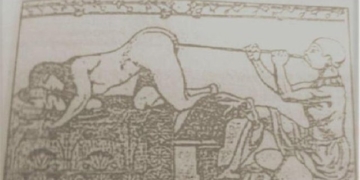In ancient times, the use of magic, charms, and incantations flourished across various cultures worldwide. These practices were even documented in magical books passed down through generations. Below are five manuscripts that help us gain a deeper understanding of the world of ancient magic.
1. The Book of Abramelin: The Secret Magic of Kabbalistic Knowledge
The Book of Abramelin is written in the form of a novel or autobiography by a figure known as Abraham. Abraham was a Jewish-German man who lived around the 14th and 15th centuries. The Book of Abramelin details the transmission of Abraham’s magical knowledge and Kabbalistic wisdom to his son, Lamech, as well as the story of how he came to acquire such knowledge.
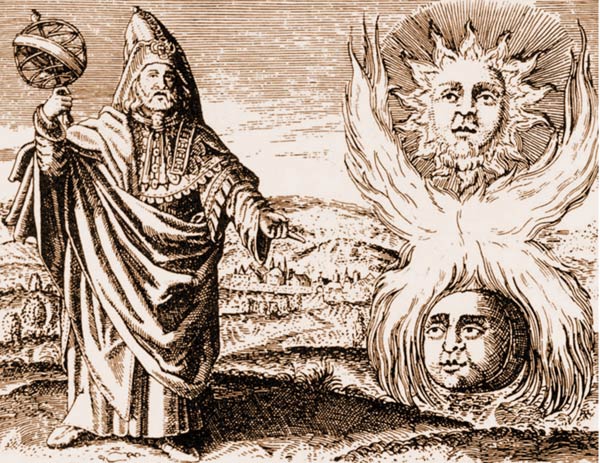
In Egypt, Abraham met the wizard Abramelin, who is said to have taught Abraham Kabbalistic magic and provided him with two manuscripts to copy. The prominent feature of the Secret Magic is a complex ritual known as “Abramelin’s Rite,” which is believed to allow the magician to gain knowledge and converse with their “Guardian Angel,” as well as various demons. This manuscript was later utilized in secret societies such as the Hermetic Order of the Golden Dawn and Aleister Crowley’s mystical system of Thelema.
2. Ars Notoria – An Ancient Book of Magic for Perfect Memory and Wisdom
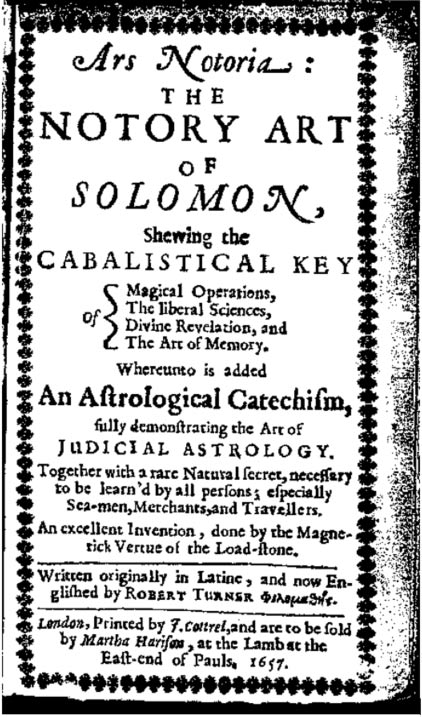
The Ars Notoria is a book that enables users to excel in a specific field of study, bestowing upon them oratory skills, perfect memory, and wisdom. It includes lessons on creating mystical objects like talismans and lucky charms.
Ars Notoria is one of five books included in a magical compendium known as the Lesser Keys of Solomon, an anonymous work that focuses on Demonology.
This book originated in the 13th century, with some sections dating back to the early 12th century. It is one of five books within a magical series called “The Lesser Keys of Solomon,” whose authorship remains unclear.
The original texts were written in three different scripts: Hebrew, Greek, and Latin. The content includes lessons on creating mystical items such as amulets and charms.
It is believed that King Solomon applied the original lessons from Ars Notoria to become a wise, benevolent, and talented ruler.
John of Morigny, a 14th-century monk, was a follower of Ars Notoria and attained a level of wisdom and mastery in scholarship. Many claimed he had the ability to communicate with the spirit world and could see “ghostly” souls.
Scholars in the arts, mathematics, astronomy, or philosophy were promised mastery in their field if they dedicated themselves to Ars Notoria.
Today, some versions of Ars Notoria continue to circulate, but no one can confirm if their contents are similar to the original.
Some researchers argue that the knowledge within Ars Notoria is mere myth, reflecting a worldview dominated by theological doctrines in medieval Europe.
3. Pseudomonarchia Daemonum: A Book on Demons and Dangerous Creatures
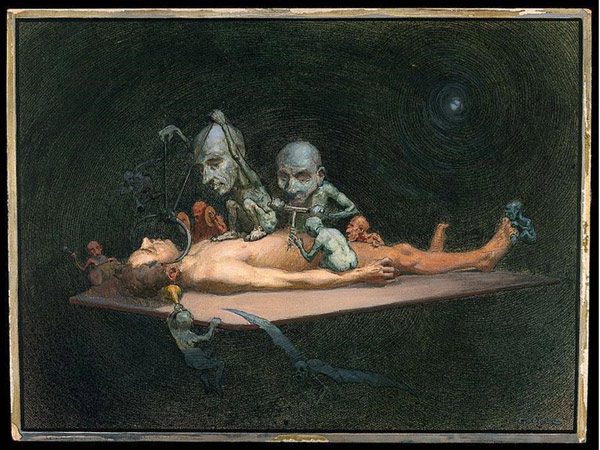
Pseudomonarchia Daemonum, also known as The Hierarchy of Demons, is a 16th-century summary listing the names of 69 demons. This summary originally appeared as an appendix to a book on Demonology and Magic, written by Johann Weyer. The son of a civil servant, Weyer was a Dutch physician as well as a mystical monk. Proficient in Latin from a young age, he quickly became a pupil of Heinrich Cornelius Agrippa, a renowned magician in Antwerp. Twenty-seven years later, Weyer published Pseudomonarchia Daemonum.
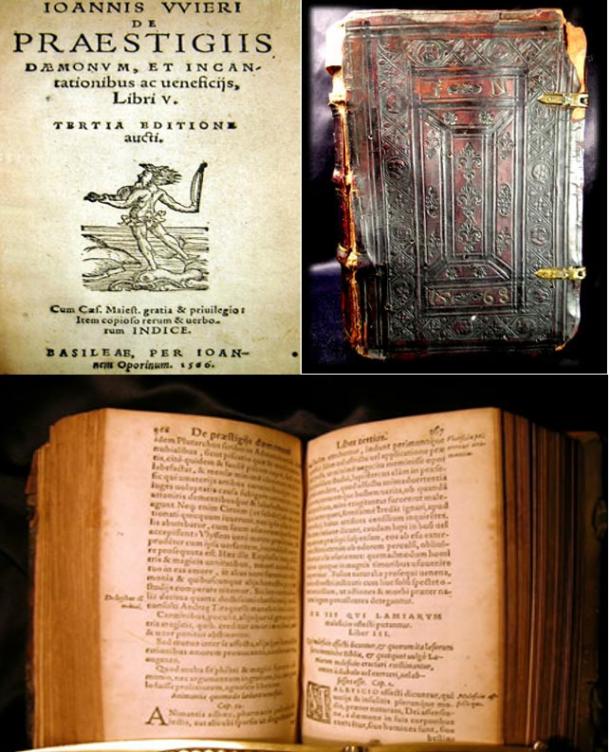
Weyer’s work posits that demonic and hellish monsters can exert magical influences over humans. These influences are not through magical charms but rather in the form of mental illness. His intent was to create a belief system to rescue those who were cursed.
4. Arbatel: A Book of Magic with a Positive Message
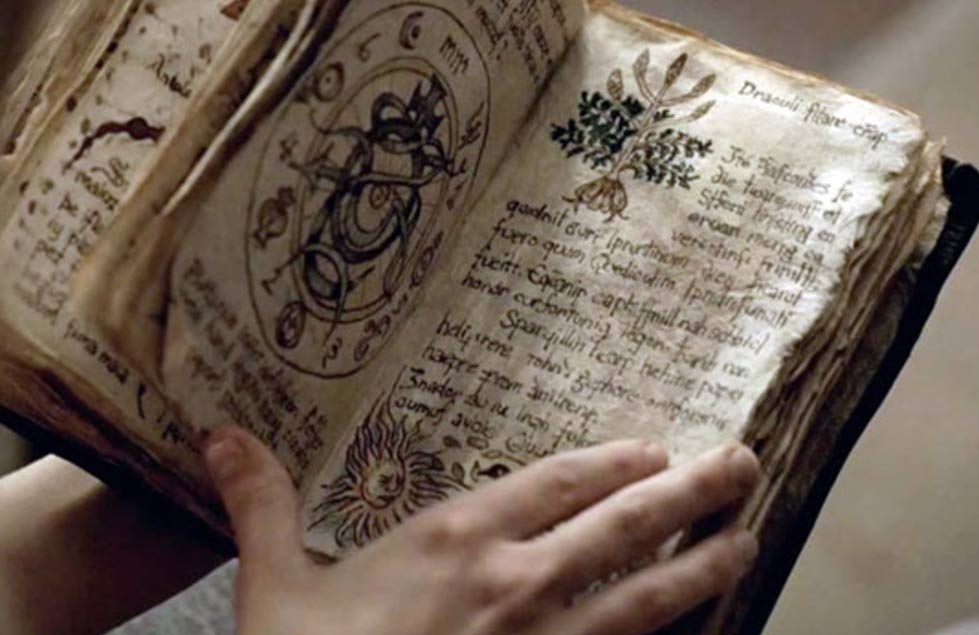
Arbatel de magia veterum is a magic book from the Renaissance, regarded as one of the most influential texts. Unlike other books filled with dark magic and curses, Arbatel contains spiritual guidance for living an honest and respectable life.
Written in 1575, the author may be a figure named Jacques Gohory, a follower of Paracelsus.
The Arbatel emphasizes nature, the positive relationship between the natural world and humanity, and the interaction between these two realms.
5. Necromancer’s Manual
The full title of this book is The Munich Manual of Demonic Magic, which was created around the 15th century. The content consists of incantations and magical instructions for summoning evil spirits.

The book outlines three primary methods commonly found in magical texts applied to the practitioner: creating illusions, psychological therapy, and divination. Notably, divination is used to gather information from the past or future. The book also discusses the sacrifice of mythical creatures, ancient exorcism rituals, and various forms of dark magic.




















































